
Building natural products
Natural products are molecules produced by living organisms and include some of our most powerful drugs. Emerging discoveries in this field have allowed scientists to deepen our understanding of how natural products are assembled and how they can be harnessed for widespread applications.
Submit an abstract
Abstract submission begins Sept. 14. If you submit by Oct. 12, you'll get a decision by Nov. 1. The regular submission deadline is Nov. 30. See the categories.
This program at Discover BMB 2024 is focused on recent advances in natural product biochemistry and biotechnology. The first session focuses on the emerging area of natural products from higher eukaryotes and animals; the second session focuses on natural products from microbiomes and symbionts; and the final session focuses on the biochemistry and biotechnology of natural product genome mining.
We’ll hear about the amazing discoveries in this field, some of which were powered by major technological advances. We’ll also hear how discoveries in natural products biochemistry are now in turn powering new applications in biotechnology related to biocatalysis, agriculture and sustainable chemical production.
Keywords: Natural products, biocatalysis, microbiome.
Who should attend: Anyone interested in natural products, biocatalysis, the microbiome or the future of biotechnology.
Theme song: “White Rabbit” by Jefferson Airplane
This session is powered by alkaloids.
Advances in natural products biochemistry and technology
Natural products from higher eukaryotes and animals
Chair: Yi Tang
Bradley Moore, University of California, San Diego

Rebecca Butcher, University of Florida
Emily Derbyshire, Duke University
Jing-Ke Weng, Whitehead Institute for Biomedical Research
Natural products from microbiomes and symbionts
Chair: Katherine Ryan
Jason Crawford, Yale University
Nancy Keller, University of Wisconsin—Madison
Alessandra Eustaquio, University of Illinois Chicago
Mohammad Seyedsayamdost, Princeton University
Biochemistry and biotechnology of natural product genome mining
Chair: Alessandra Eustaquiol
Jamie Link, Princeton University
Katherine Ryan, University of British Columbia
Gerald Wright, McMaster University
Yi Tang, University of California, Los Angeles
Enjoy reading ASBMB Today?
Become a member to receive the print edition four times a year and the digital edition monthly.
Learn moreGet the latest from ASBMB Today
Enter your email address, and we’ll send you a weekly email with recent articles, interviews and more.
Latest in Science
Science highlights or most popular articles
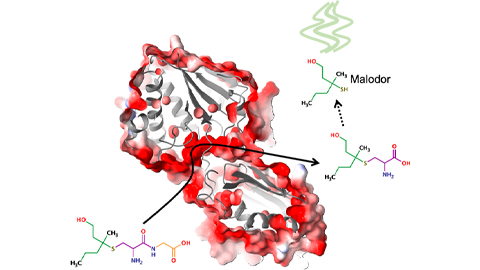
Bacterial enzyme catalyzes body odor compound formation
Researchers identify a skin-resident Staphylococcus hominis dipeptidase involved in creating sulfur-containing secretions. Read more about this recent Journal of Biological Chemistry paper.
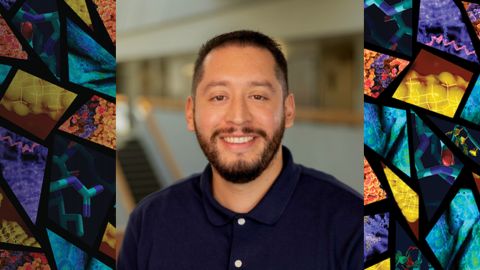
Neurobiology of stress and substance use
MOSAIC scholar and proud Latino, Bryan Cruz of Scripps Research Institute studies the neurochemical origins of PTSD-related alcohol use using a multidisciplinary approach.
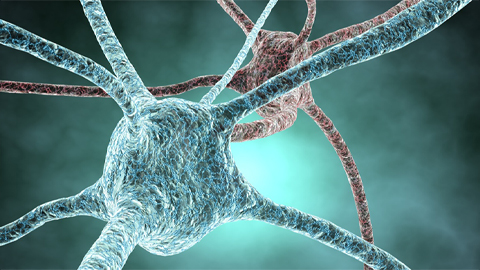
Pesticide disrupts neuronal potentiation
New research reveals how deltamethrin may disrupt brain development by altering the protein cargo of brain-derived extracellular vesicles. Read more about this recent Molecular & Cellular Proteomics article.
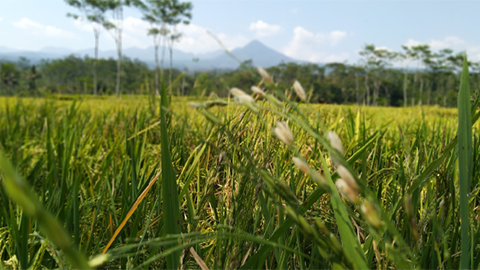
A look into the rice glycoproteome
Researchers mapped posttranslational modifications in Oryza sativa, revealing hundreds of alterations tied to key plant processes. Read more about this recent Molecular & Cellular Proteomics paper.
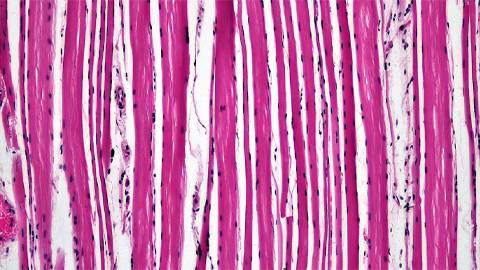
Proteomic variation in heart tissues
By tracking protein changes in stem cell–derived heart cells, researchers from Cedars-Sinai uncovered surprising diversity — including a potential new cell type — that could reshape how we study and treat heart disease.
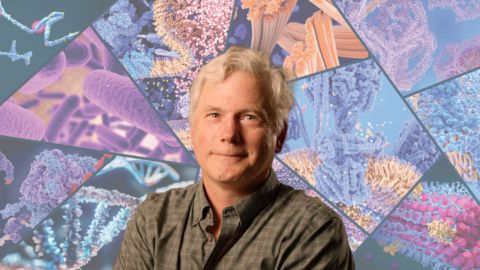
Parsing plant pigment pathways
Erich Grotewold of Michigan State University, an ASBMB Breakthroughs speaker, discusses his work on the genetic regulation of flavonoid biosynthesis.


